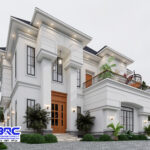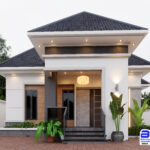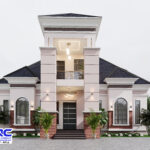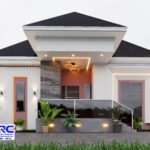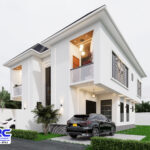When working with Reinforced Cement Concrete (RCC) in construction, one of the most critical phases is allowing the slab to dry and gain strength properly.
Whether you’re building a residential floor, a commercial deck, or any other slab-supported structure, understanding the drying or more accurately, curing time is essential.
So, how many days does it take for a newly poured RCC slab decking to dry?
Table of Contents
ToggleSee also – What are the different types of iron rods used in construction?
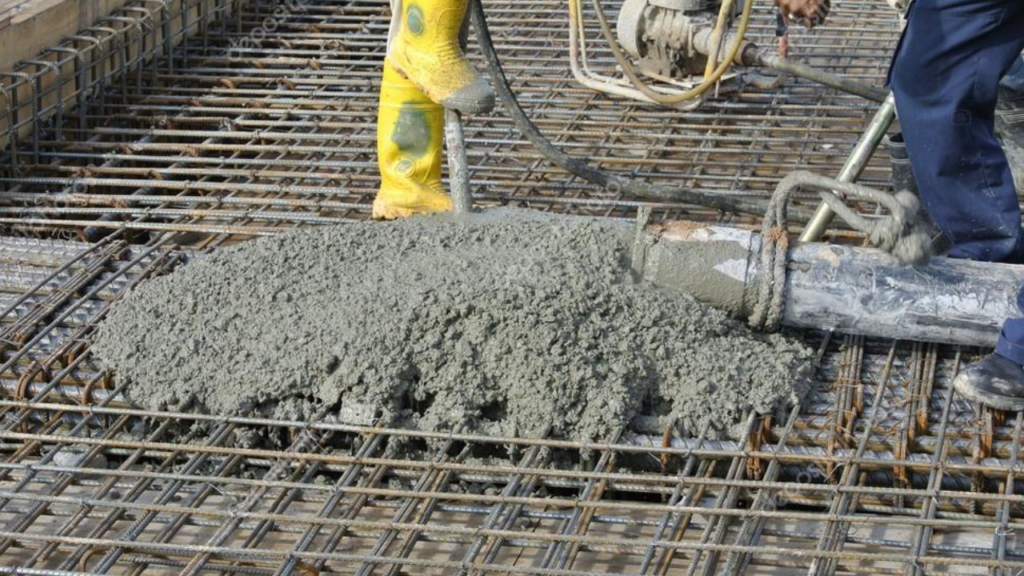
Understanding the “Drying” of an RCC Slab
Technically, what most people refer to as drying in concrete is actually curing the process where concrete retains enough moisture to allow the cement to hydrate and reach its full strength.
A slab might look dry on the surface, but that doesn’t mean it’s ready for loading or further construction.
Typical Curing Time for RCC Slab Decking
- Initial Setting: Within 24 to 48 hours, the slab sets enough for light foot traffic.
- Minimum Curing Period: 7 days is the standard minimum curing time using water, especially for normal cement types.
- Ideal Curing Duration: 28 days is recommended for full strength gain, as concrete reaches about 90–100% of its design strength during this period.
Drying Time vs Load-Bearing Time
- Dry to Touch: 24–48 hours
- Safe for Formwork Removal (sides): After 3–7 days, depending on the span
- Ready for Further Construction (e.g., brickwork): After 7–14 days
- Full Load or Heavy Work: After 28 days
Note: For suspended slabs (decking), the formwork for the soffit (bottom support) and props should remain in place for 14–21 days or more, depending on span and structural design.
See also – How can you tell good quality TMT bars?
Factors That Affect Drying and Curing Time
1. Weather Conditions
- Hot, dry climates accelerate surface drying but can cause shrinkage cracks if not cured properly.
- Cold or humid conditions slow down strength development.
2. Concrete Mix
- A richer mix (higher cement content) gains strength faster but can also dry too quickly if not cured well.
- Additives like retarders or accelerators impact setting and curing times.
3. Slab Thickness
- Thicker slabs retain moisture longer and may require extended curing.
4. Curing Method
- Water curing (frequent spraying or ponding) is most effective.
- Curing compounds or wet coverings like hessian can also be used.
Best Practices for Curing RCC Slab
- Begin curing as soon as the surface is hard enough (typically within 12–24 hours).
- Continue water curing for at least 7 days, ideally 14–28 days for slabs exposed to direct sun or wind.
- Avoid heavy loads or construction activities on the slab during the curing period.
Conclusion
For a newly poured RCC slab decking, while it may appear dry in just a couple of days, true structural dryness and strength come with time and proper curing.
- Light activities: after 2–3 days
- Brickwork or partitioning: after 7–14 days
- Full load-bearing and finishing: only after 28 days
Investing time in proper curing not only ensures strength and durability but also prevents cracks, shrinkage, and long-term structural issues. When it comes to concrete, patience builds strength.
Frequently asked questions
How long does it take for an RCC slab to dry?
RCC slabs typically take 7 days to achieve about 75% curing, and 28 days for full curing.
What is the difference between drying and curing?
Drying refers to the evaporation of water, while curing is the chemical process that strengthens the concrete.
Can I start construction on the slab before it fully cures?
Light construction can begin after 7 days, but heavy loads should wait until the slab is fully cured.
What factors affect the drying time of RCC slabs?
Factors include weather conditions, slab thickness, and the water-cement ratio.
How can I speed up the curing process?
Use curing compounds, maintain optimal moisture levels, or cover the slab with plastic sheets to retain moisture.



